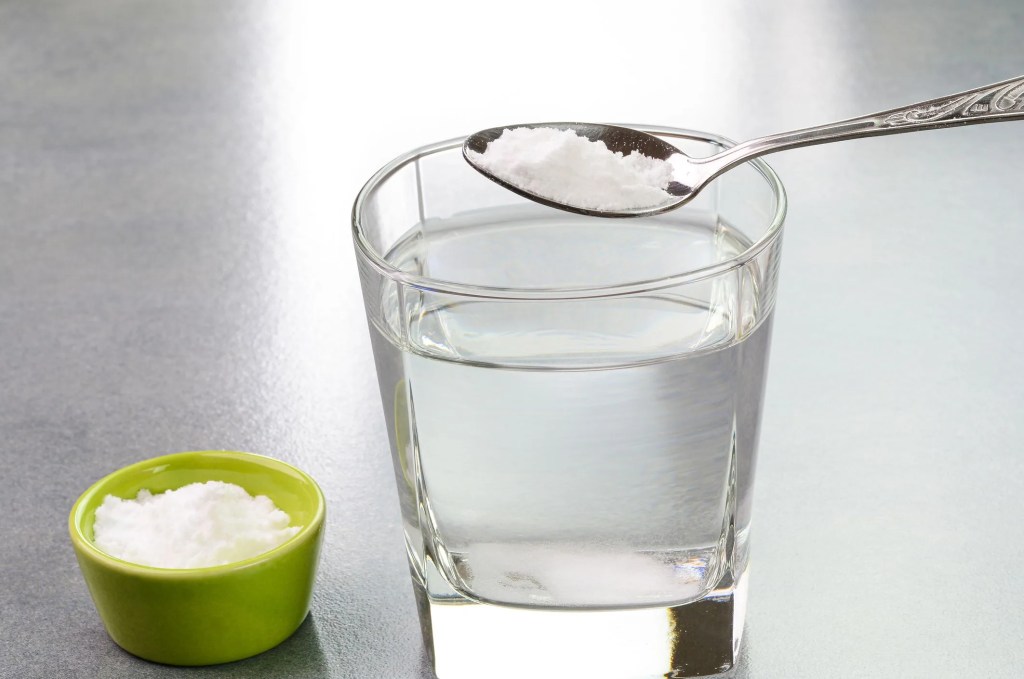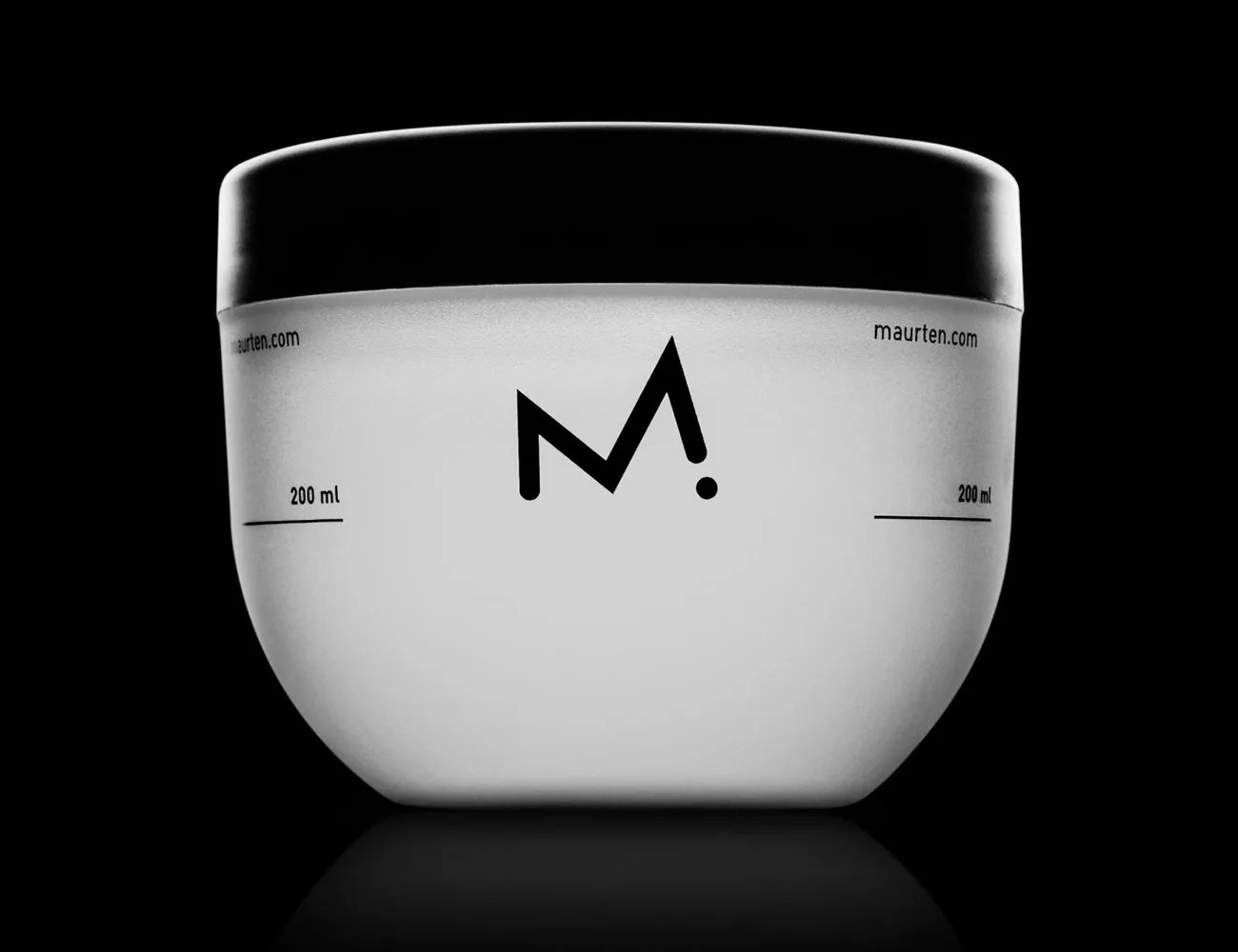Baking soda’s one of those kitchen essentials that oddly has a number of uses outside of just, you know, baking. While some are well known to the public (I’m sure you have an open container deodorizing your fridge right now), others are less identifiable to all but seasoned professionals.
One such example is, yes, in your fitness routine. As shocking as it may seem, this white powder can actually serve as a boost to your training if taken in the right manner and dosage. But how, exactly can an ingredient often reserved for cakes and cookies be a benefit to your workout potential? Before we get into the benefits of the bicarbonate, it helps to understand what the substance is and what it aims to accomplish within your body’s physique.
What Is Sodium Bicarbonate?
While it’s widely known as baking soda, bread soda, cooking soda and bicarbonate of soda, the actual name for the white, powdery substance is sodium bicarbonate (or NaHCO3 for the chemistry minded). The mildly alkaline salt is made up of sodium and bicarbonate ions and carries a pH of 8.4. Understanding the basic nature of the substance is key to realizing its potential as a worthwhile supplement.
How Does pH Affect Training?
To help biological processes operate smoothly within our bodies, the typical pH level of the human physique typically registers at 7.4, with some variation depending on the specific location (the stomach is highly acidic, for example). Outside factors can influence this pH level overall, with one such example being anaerobic exercise.
As you work out and train, your body’s demand for oxygen exceeds the supply you have onboard. As a result, the anaerobic pathway is engaged to produce ATP, the body’s cellular energy source. A byproduct of this opened pathway is hydrogen, which can throw off the pH levels within your musculature and lead to lessened performance.




